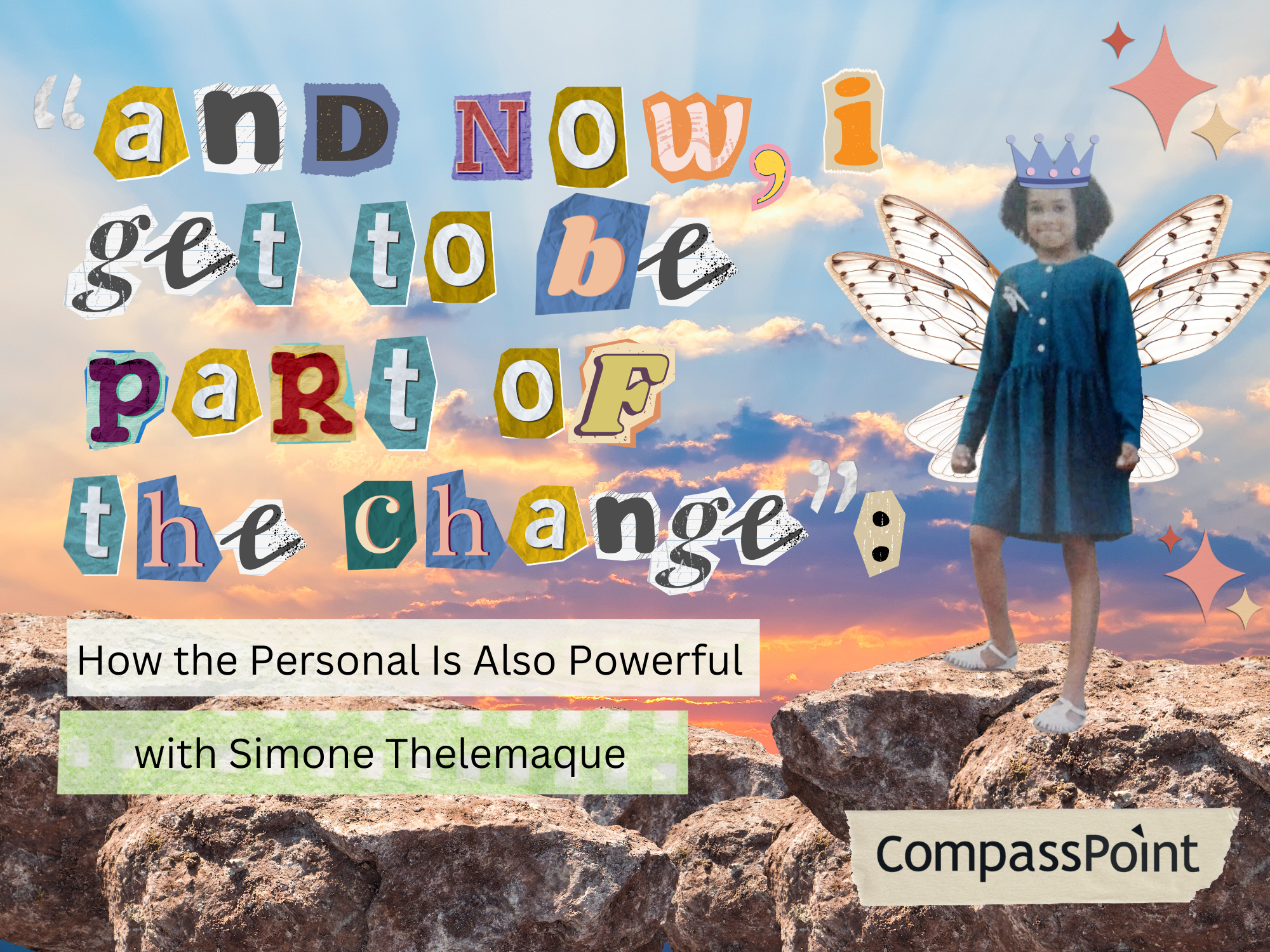One of my great joys right now is coaching my eight-year-old daughter's soccer team. It is also my greatest trial, and, surprisingly, the struggle is not teaching them how to play soccer. Rather, the challenge is helping them move through conflict when they have difficulties in working together. Now, our team has never been on the verge of breaking up. Nonetheless, there have been instances when the team simply does not get along and the hope of completing a drill or a practice game dwindles. Quite simply, the team won’t move forward through the practice in a productive way—they might complete the drills, but they’ll do so begrudgingly and without enthusiasm. I realize that I can respond in a couple of ways. I could make them run. A lot. I could also just wait it out until their families pick them up from practice. Or, I could help them find their way back to enjoying learning and playing soccer together.
Not surprisingly, the challenges facing my daughter’s soccer team are not unique to this group of eight-year-old girls. In our leadership practice, we often work with teams that are struggling. They may have merely reached a bump in the road and are grappling with decision making or role confusion around what their roles are. Other times, they are also at an impasse—taking on entrenched perspectives or resisting change—and cannot find a way to move forward productively. Often times, folks will just say their team is “dysfunctional and that’s how we roll.” And yet, as observed by noted leadership practitioners Cambridge Leadership Associates, “There is no such thing as a dysfunctional system. Every [team], or system, is perfectly aligned to get the results it is currently getting.” To get different results then and move forward beyond the impasse, you need to mobilize everyone who has a stake in tackling (or avoiding) the challenge at hand. Below are some things to consider in helping you and your team tackle the conflict in front of you.
Get Clear About What the Real Conflict Is.
It seems obvious, and yet, when teams get stuck they often have trouble articulating what the true issue is that needs to be resolved. We might make assumptions about others’ behaviors—“She refuses to delegate decision making to anyone else”—or others’ perspectives—“He won’t let go because he’s afraid of losing power.” Instead, guide your team towards defining, using specific and possibly behavioral terms, what the conflict is really about. In Fierce Conversations, Susan Scott writes that “The person who can most accurately describe reality without laying blame will emerge the leader.” Practice curiosity and inquiry to both interrogate reality and get at the bottom of what’s really going on. Here are some examples of open-ended questions which can help you and your team to do to uncover what's really creating tension:
- What is most important about all of this?
- What is at the heart of this matter for you? For our team?
- What do we stand to gain as a team if we figure this out?
- What do we stand to lose as a team if we do not figure this out?
- What is out of alignment?
Be prepared to answer these questions as well. What each of us believes to be true simply reflects our views about reality.
Learn More About What You and Others May Lose in This Conflict.
As the team moves closer to having a shared understanding of what the conflict is, it will be helpful for them to understand what losses and fears each other is holding. According to Patrick Lencioni, there are two primary pitfalls that can prevent teams from being productive and successful: absence of trust and fear of conflict. The fear of being vulnerable with team members often prevents the building of trust within the team. And yet, that vulnerability (revealing our fears, deeply held values and loyalties) is essential to understanding where our behaviors come from. In the parlance of adaptive leadership, it is described as understanding one’s competing commitments: subconscious, hidden goals that conflict with stated commitments (see Robert Kegan and Lisa Lahey’s The Real Reason People Won’t Change). Here are some questions from +Acumen’s Adaptive Leadership: Mobilizing for Change course that you could use to identify your and your teammates’ hidden values, loyalties and losses:
Values:The things people care most about. Watch team members’ behavior and look for both the noble values, as well as those that people might not proudly tell their partners, families, confidantes.
- What are the commitments and beliefs guiding team members’ behaviors and decision-making processes?
- What drives and motivates each of the team members?
Loyalties:Identify commitments to people outside their team and to the people behind the ideas that matter to them. Pressure to avoid disappointing constituencies represents a “loyalty” that drives behavior and makes change difficult.
- Who are the team members working on behalf of?
- What obligations does the team member have to people outside their immediate team?
- Whose expectations do they need to meet?
Losses at risk: Resistance to change comes from a fear of losing something important. Potential losses could be identity, competence, comfort, reputation, time, status, security, power, independence and resources. One element of helping your team through conflict is to anticipate the losses you are asking people to take.
- What does the team member fear losing (status, resources, a positive self-image) if things should change?
- What pressures hold them in place?
Identify How You’ve Contributed to the Problem.
Often, in times of conflict, we are crystal clear about what everyone else has done to make a mess of things, but we see our own contributions to the problem less clearly. Encourage your teammates to challenge themselves on what their role has been in the conflict by answering questions like these: What am I overlooking? What am I refusing to see? What have I been unwilling to change? What in this am I responsible for? What do I gain by keeping this conflict alive? What am I afraid will happen if this conflict is resolved? Model the self-reflection you seek and share your responses to these questions. Help create opportunities for self-awareness (in supervision, in accountability pairs, and in team check-ins). Challenge yourself and others to own up to the role all of you have played in contributing to the conflict you’re facing.
Practice Empathy.
Clarity around what the conflict is? Check. Shared understanding of what you and others fear or may lose? Check. Owning up to your role in the conflict? Check. Where to go next? Build your individual and collective empathy muscle so you arrive at a place of shared purpose and effective actions. Empathy is the ability to understand the emotional makeup of other people and the skill in treating people according to their emotional reactions. Understanding is not the same as agreeing with others’ opinions or behaviors. Being empathetic is not about tamping down or stuffing your own feelings; you must also be aware of what you are feeling and what you need in the situation (self- empathy). Empathy is the ability to get into someone else’s movie, to see the situation from their perspective, and understand their motivation. Are there instances where you may have viewed your teammates two dimensionally? What more might have been going on under the surface? How can you understand the other person to mobilize change and action? This empathy practice is more than just active and engaged listening. You will also have to be willing to change: your point of view has to be up for grabs as well.[1]
So, these humble offerings are but a few to consider, and I hope they’re helpful to you and your team as you move forward together. Below are some resources you might want to check out (in addition to those mentioned throughout this blog). And, how did the soccer team do? Well, I’m happy to report that out of 13 girls, 11 are returning to play next year (one moved on to a more competitive league and another girl is pursuing another sport more intensively). To me, that’s the mark of a successful team—they signed up for more practice, fun and game time together.
Additional resources:
Strengths-Based Leadership (explores the power of strengths-based teams)
The Power of Empathy (animated talk by Brene Brown about empathy)
CompassPoint’s Communicating Across Differences workshop (practice curiosity, empathy and courageous conversations)





Submit a comment